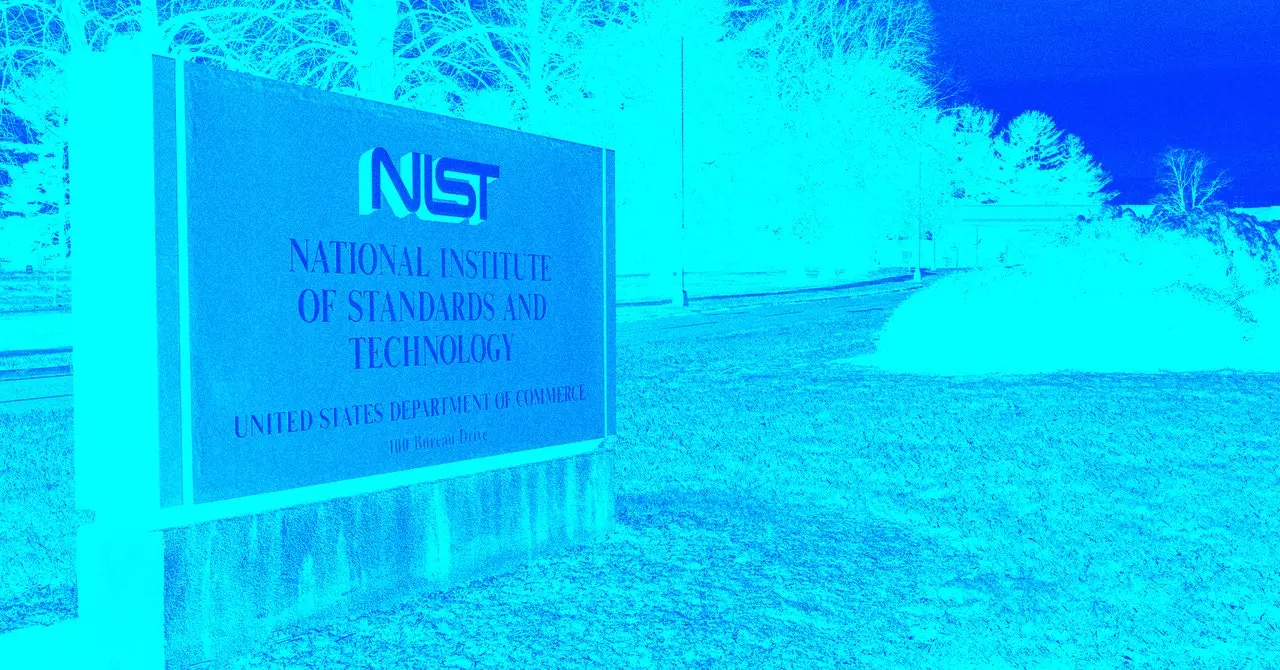The National Institute of Standards and Technology (NIST) stands on the precipice of significant transformation as sweeping layoffs loomed ominously over the agency, following directives from the Trump administration. Founded to foster standards across a multitude of sectors—ranging from technology to healthcare—NIST has found itself in a precarious position, with impending budget cuts threatening to compromise its role. As rumors of layoffs circulate, employees express concern over the impact these changes will have on both the agency’s operations and, by extension, public safety.
Current and former NIST employees report that the agency has been bracing for these cuts ever since the onset of President Trump’s administration. This shift aligns with broader directives to reduce spending across federal agencies. The involvement of influential figures like Elon Musk further complicates the situation, as initiatives by the Department of Government Efficiency (DOGE) raise eyebrows about the potential implications for critical research and standard-setting activities.
Behind Closed Doors: Observations of Change
Recent reports of DOGE representatives allegedly visiting the NIST campus have only amplified fears among employees about the agency’s future. Workers observed new, unofficial faces inside Building 225—home to NIST’s Information Technology Laboratory—fueling speculation that the agency’s internal affairs were being scrutinized by outside entities focused on financial reform. The DOGE’s engagement with NIST highlights a concerning trend, where private interests intersect with public agencies, possibly prioritizing budget considerations over scientific integrity.
Despite reassurances from NIST leadership that DOGE staffers were not on site, the groundwork for their involvement was being laid. This unsettling atmosphere fosters anxiety among employees, especially with news reports indicating that layoff notifications might be imminent. Those in probationary status—including many recent hires—are especially vulnerable, amplifying feelings of instability and insecurity within the agency.
One of the most affected areas within NIST is the newly established US AI Safety Institute (AISI), which had been focusing on creating accountability within the rapidly evolving AI landscape. Established in response to former President Biden’s executive order aimed at enhancing AI safety, AISI has been engaging with industry leaders to better understand and manage the risks posed by AI technologies. However, since Trump’s administration rescinded this pivotal order, AISI’s future is now in question.
The resignation of key personnel, including AISI’s inaugural director Elizabeth Kelly, and other prominent figures within NIST who previously led AI-related initiatives signals a worrying trend. As these departures mount, the agency’s capacity to conduct meaningful research and develop safety protocols appears diminished, ultimately threatening the advancement of responsible AI technologies.
The political landscape also contributes significantly to the uncertainty enveloping NIST. Vice President JD Vance’s remarks at the recent AI Action Summit, where he neglected to address AI safety, reflect the new administration’s priorities that seemingly downplay the importance of oversight in emerging technologies. The absence of AISI representatives from such an influential gathering further underscores a shift in governance that could have long-lasting implications for national standards and safety protocols surrounding AI technology.
With the landscape of technology continuously evolving, the choice to deprioritize AI safety poses critical questions for stakeholders involved in AI development. The extent to which the current administration will support or undermine research efforts in this field remains uncertain, further complicating the agency’s mission to ensure safety and reliability.
As NIST faces these imminent changes, the associated layoffs could reshape the future of standard-setting in essential sectors, particularly in technology and AI. The agency, long regarded as a cornerstone of technological integrity, seems to be at a crossroads, where financial imperatives may eclipse the foundational functions it was designed to uphold. Stakeholders must closely monitor these developments, as decisions made today will reverberate through the corridors of innovation for years to come, with implications that could impact everything from consumer products to the robotics shaping our future lives. The next steps taken by NIST will inevitably determine not only the fate of its workforce but also the safety and reliability of the technologies that are quickly becoming integral to daily life.


Leave a Reply